Tarsus: A Turkish town where three religions meet
Visitors to Tarsus can explore its rich religious heritage through its ancient churches, mosques, and historical sites
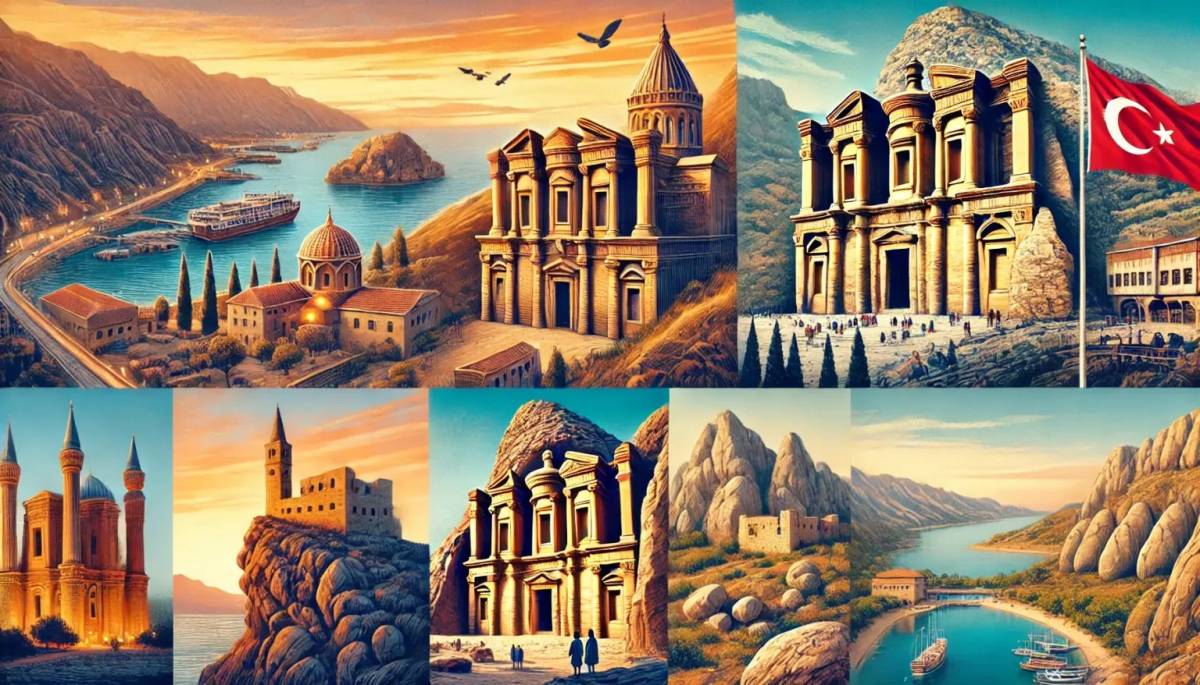
Ankara: Nestled in the heart of eastern Turkey, Tarsus stands as a remarkable testament to religious harmony and historical depth. This ancient town, with a history spanning over 7,000 years, is a living mosaic where the paths of Christianity, Islam, and Judaism intersect. Tarsus not only serves as a historical crossroads but also embodies the spirit of coexistence and mutual respect among the three major Abrahamic religions.
In ancient times Tarsus was renowned as “a center for education, philosophy, and important universities.
St. Paul’s connection
One of the town’s most prominent religious sites is St. Paul’s church, built in 1850 on the location of an earlier place of worship from the 11th or 12th century. St. Paul, originally named Saul, was born in Tarsus around 4 BCE and is a central figure in Christian history.
His journey from Tarsus to becoming a leading figure in early Christianity is celebrated in the town, making St. Paul’s church a significant pilgrimage destination.
The architecture of the church has Orthodox and Catholic influences. In the ceiling of its central nave are the frescoes of four apostles: Yohannes, Mattios, Marcos, and Lucas.
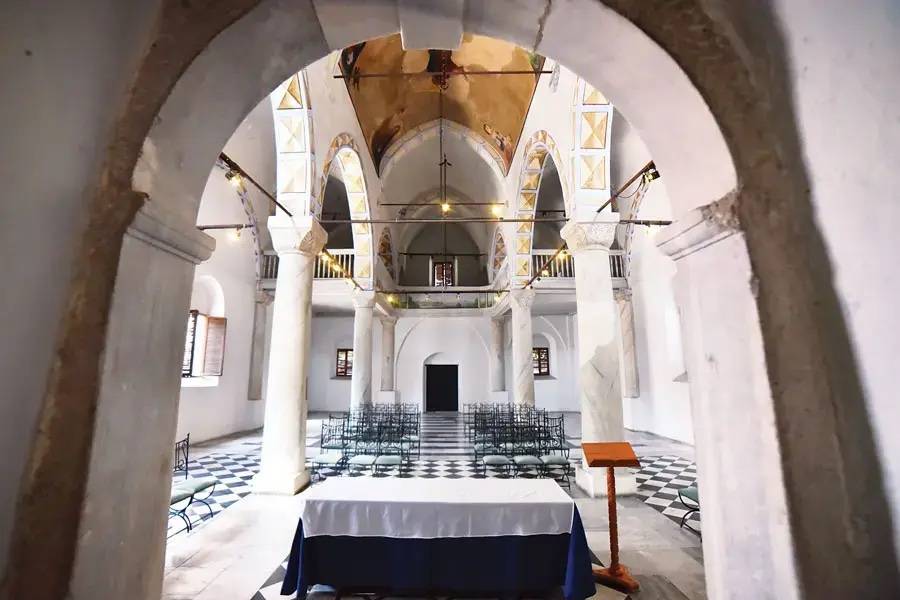
The Tomb of Daniel
Tarsus is also associated with the biblical figure Daniel, known for his miraculous survival in the lions' den. According to local tradition, Daniel travelled to Tarsus in his later years to pray for rain during a severe drought and died there.
The Danyal Peygamber Kabri, a tomb believed to be Daniel’s final resting place, is located within a 19th-century mosque.
The tomb was uncovered in 2006, adding to the town’s rich religious heritage. Visitors to the site must adhere to Islamic modesty standards, reflecting the ongoing respect and reverence for the historical figure.
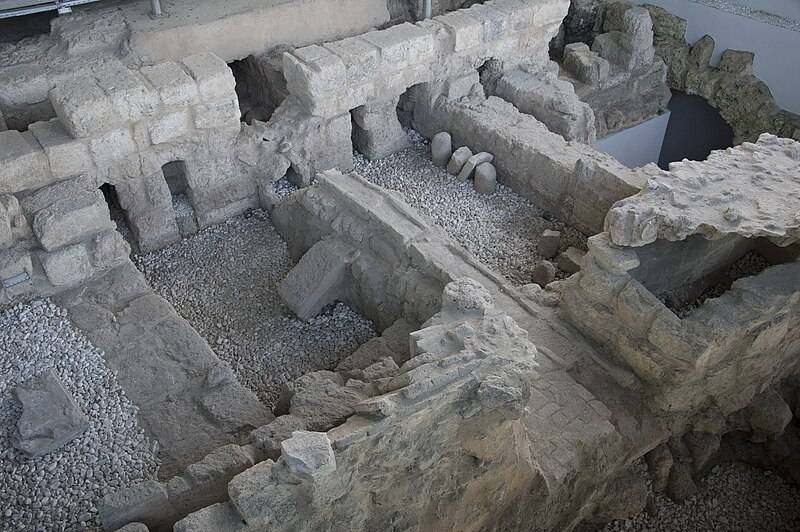
Mosques and churches coexist
The 16th-century Ulu Camii, also known as the Grand Mosque, features a 33-foot minaret that serves as a clock tower. This mosque is a testament to Tarsus’ Islamic heritage and continues to be a place of worship. Nearby, the Kırkkaşık Bedesten, a historical market, adds to the town’s layered religious and cultural landscape.
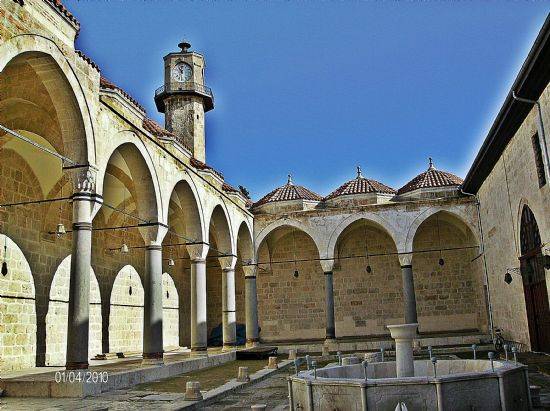
The legacy of Bilal ibn Rabah
Another significant site is the Bilal Habeşi Mescidi, a mosque built in honor of Bilal ibn Rabah, Islam’s first muezzin. Born into slavery and later freed, Bilal became a trusted companion of the Prophet Mohammed and is remembered for his role in calling the faithful to prayer. The mosque, dating back to the 7th century, is believed to be the site where the first Islamic call to prayer in Tarsus took place, though this is a subject of historical debate.
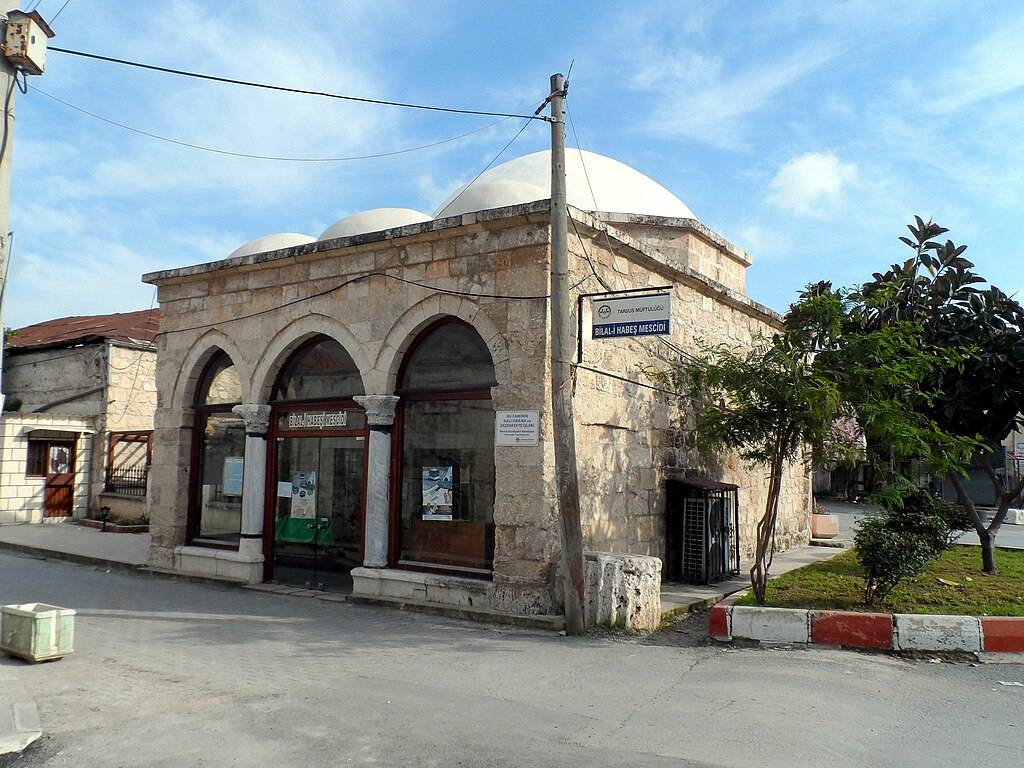
Tarsus: A meeting point of faiths
Tarsus stands out as a town where multiple religious histories converge. Its sites of worship and historical landmarks offer a deep connection to both Christian and Islamic traditions, reflecting the town’s enduring significance as a place of spiritual importance.
Visitors to Tarsus can explore its rich religious heritage through its ancient churches, mosques, and historical sites, making it a unique destination for those interested in the intersection of faiths and history.